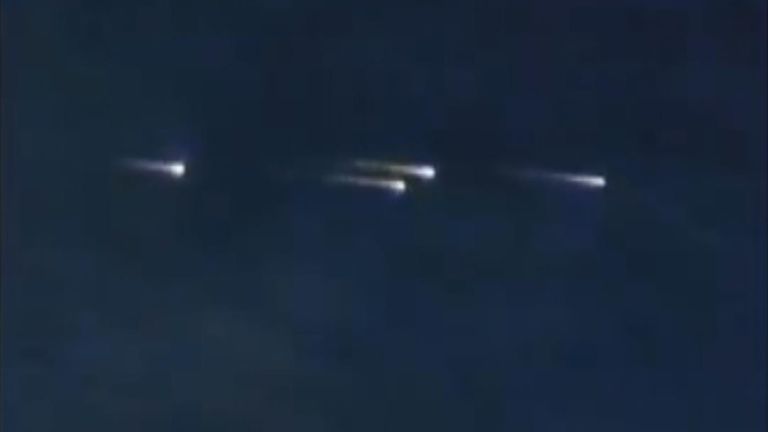British astronomers have discovered a supermassive black hole with a mass about 33 billion times the mass of the sun.
Scientists at Durham University say the gigantic black hole is one of the largest ever discovered.
The team described their findings, published in the journal Monthly Notices of the Royal Astronomical Society, as “very exciting”.
Lead author Dr James Nightingale, from Durham University’s Department of Physics, said: “This particular black hole is about 30 billion times the mass of our sun, making it one of the largest black holes ever found and at the upper limit of the largest black holes. We believe it could theoretically become black holes, so this is an extremely exciting discovery.”
Supermassive black holes are the most massive objects in the universe, ranging from 10 billion to 40 billion times the mass of our sun.
Astronomers think they can be found at the centers of all large galaxies, such as the Milky Way, which includes our own solar system.
Supermassive black holes are rare and elusive, and their origin is unknown.
Some think they formed from extreme mergers of massive galaxies billions of years ago when the universe was still young.
Using a phenomenon known as gravitational lensing, the researchers enlisted the help of nearby galaxies by turning them into a giant magnifying glass.
This revealed the existence of supermassive black holes, regions of gravity so strong that not even light can escape.
No matter where you get the podcast, subscribe to Sky News Daily with one click
Scientists used supercomputer simulations at Durham University and images from the Hubble Space Telescope to confirm the size of the supermassive black hole.
They say this is the first black hole discovered using gravitational lensing.
read more:
First image of massive black hole at center of Milky Way revealed
Scientists discover ‘missing link’ black hole hiding in plain sight
Dr Nightingale said: “Most of the largest black holes we know of are active, with matter close to the hole heating up and releasing energy in the form of light, X-rays and other radiation.
“However, gravitational lensing makes it possible to study inactive black holes, which is currently not possible in distant galaxies.
“This approach could allow us to detect many more black holes beyond our local universe and reveal how these exotic objects further evolved over cosmic time.”
The researchers say their work opens up the “tantalizing possibility” that astronomers will find more supermassive black holes than previously thought.
The research was supported by the UK Space Agency, the Royal Society, the Science and Technology Facilities Council, the UK Department for Research and Innovation and the European Research Council.

